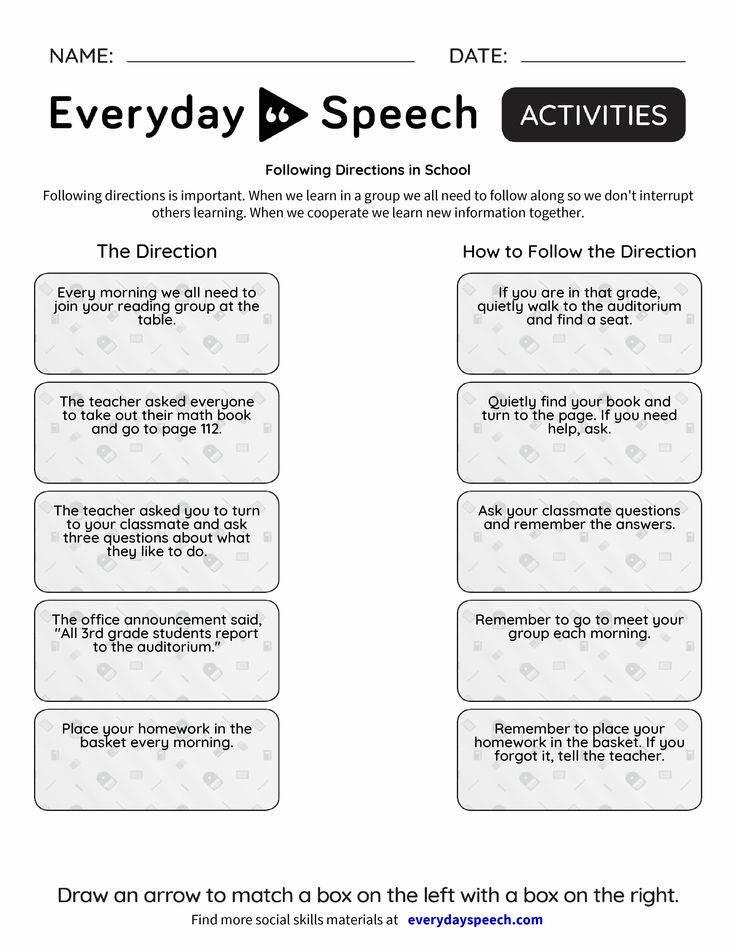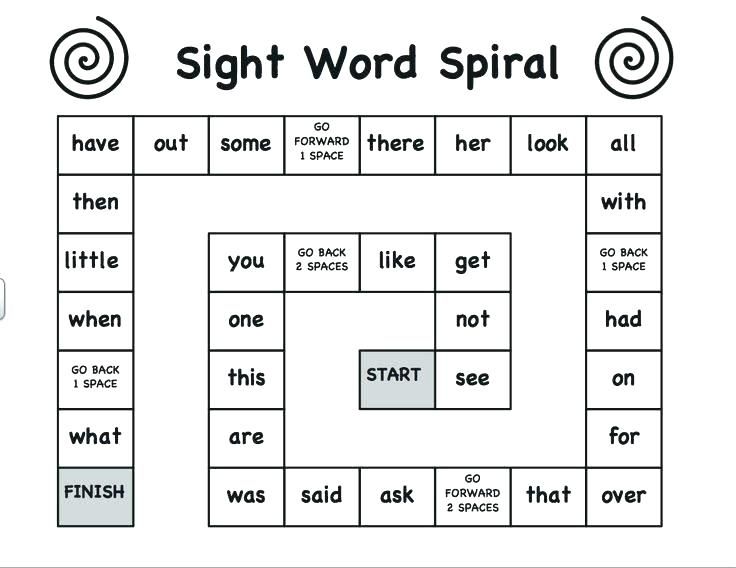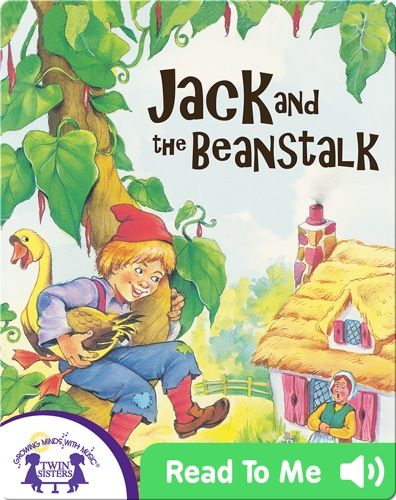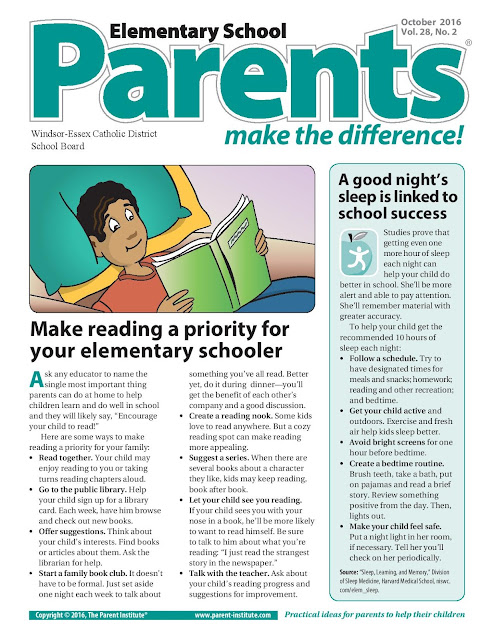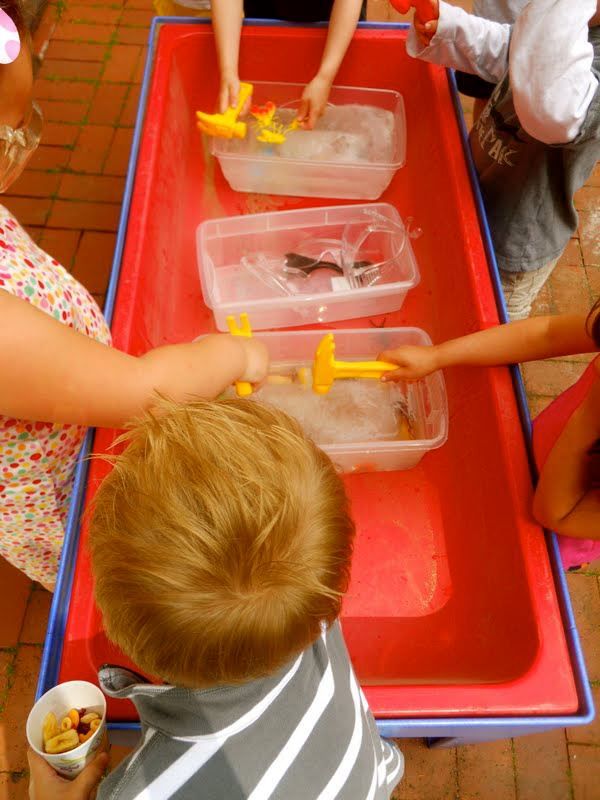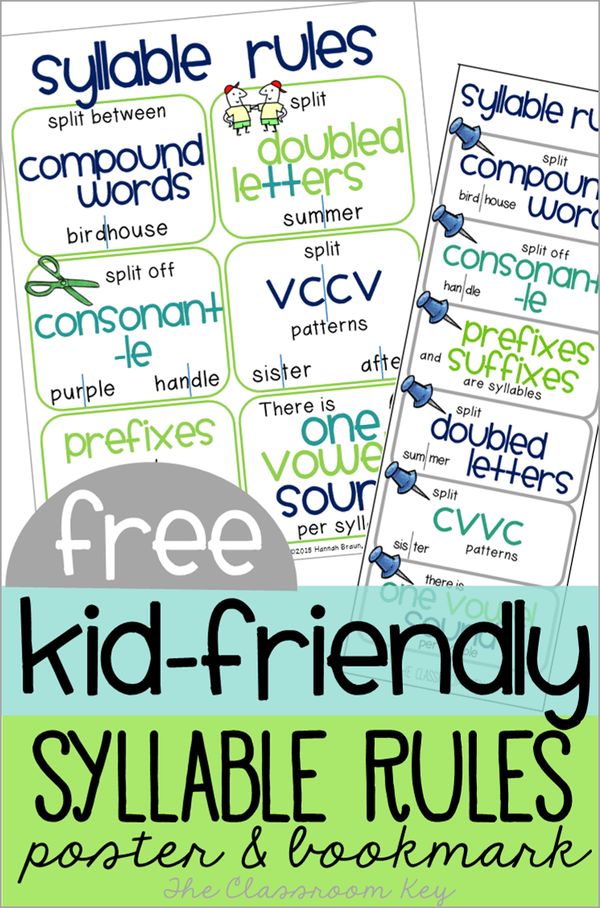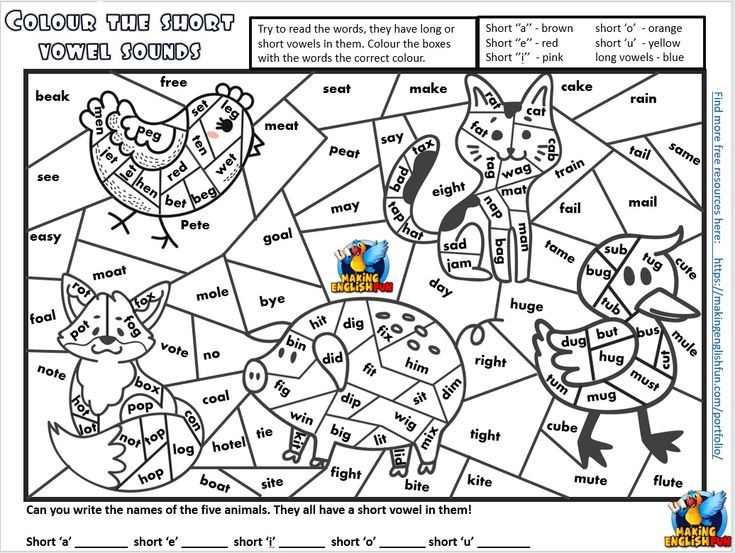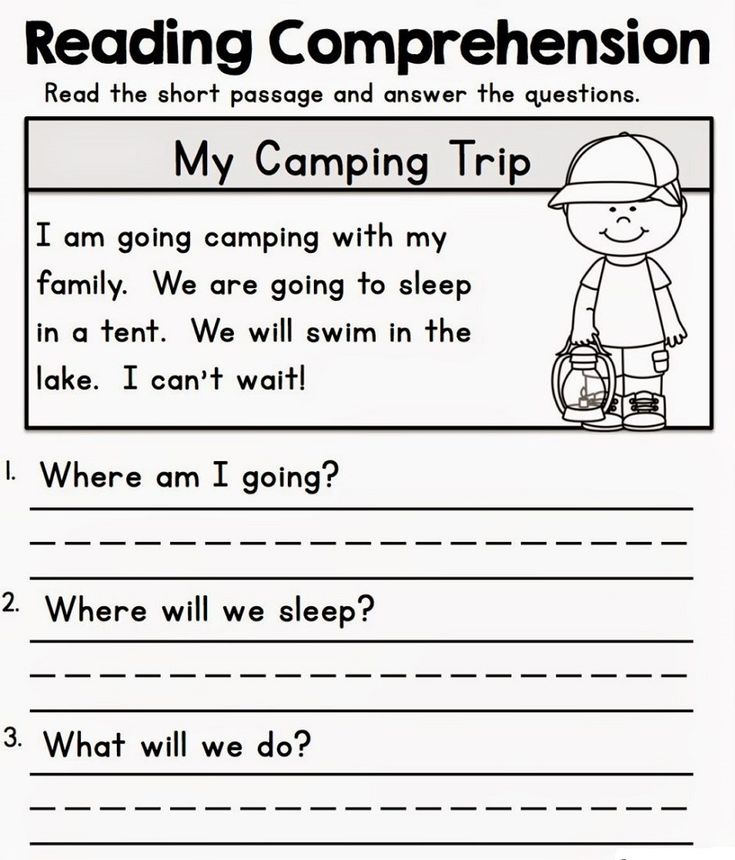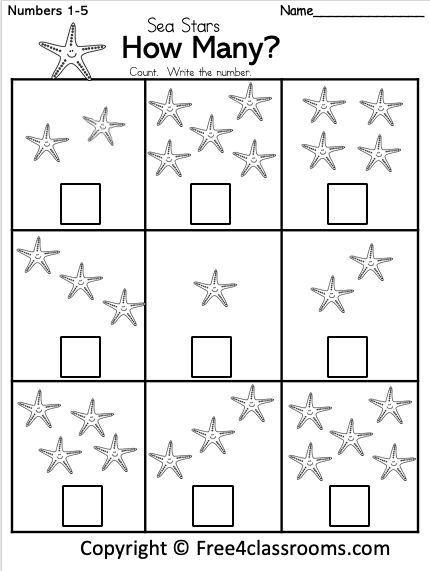Social skills for adults
SEL for Adults: Social Awareness and Relationship Skills
Skip to main content
What Are They?
According to the Collaborative for Academic, Social, and Emotional, Learning (CASEL), social-emotional learning (SEL) is “the process through which children and adults understand and manage emotions, set and achieve positive goals, feel and show empathy for others, establish and maintain positive relationships, and make responsible decisions.”
Social awareness and relationship skills are two of the five components that make up CASEL’s model of SEL.
Social awareness involves the ability to understand and empathize with others, particularly with people from different backgrounds than one’s own.
A white teacher whose students are from a different cultural background than her own makes an effort to get to know students’ families and communities and their unique strengths. Recognizing that she is always in learner-mode, she practices cultural humility by questioning her assumptions about social and ethical norms, beliefs, and expectations.
Skills that develop social awareness include:
- Showing understanding and empathy for others
- Identifying social cues (verbal, physical) to determine how others feel
- Predicting and understanding others’ feelings and reactions
- Practicing empathy, including perspective taking
- Recognizing individual and group strengths and differences
- Using reflective listening to understand and demonstrate respect for others
- Recognizing and using family, school, and community resources
- Demonstrating cultural humility
- Awareness of inequities and privileges that affect individuals and groups
“Relationship skills” is the ability to build positive relationships, especially with diverse individuals and groups, using a variety of methods such as active listening, and communication and conflict resolution skills. These skills also include the ability to resist pressure and to seek out and offer help.
A middle school principal, knowing that a harmonious work environment will ultimately benefit the students who are closely watching how the staff interacts with each other, strives to build a supportive school culture.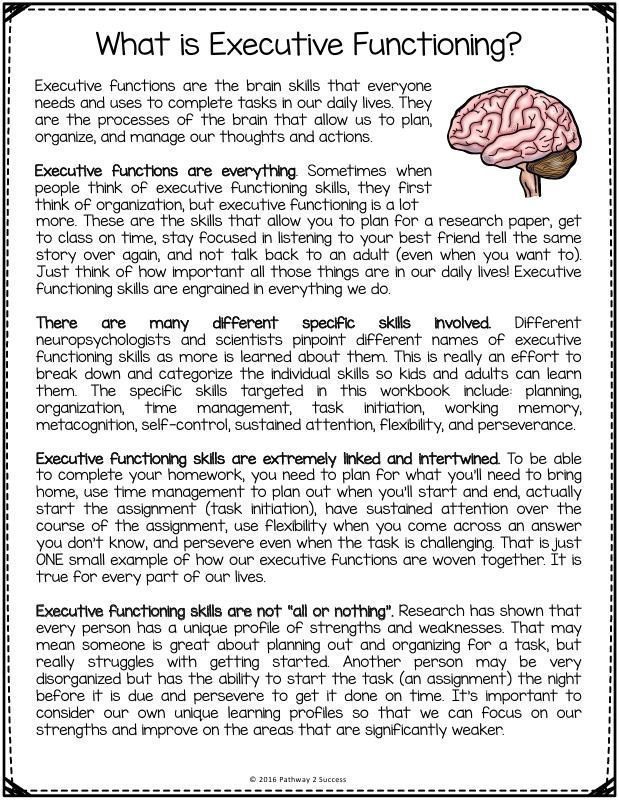 At staff meetings, she brings in practices that cultivate trusting relationships such as gratitude, conflict resolution, forgiveness, and play.
At staff meetings, she brings in practices that cultivate trusting relationships such as gratitude, conflict resolution, forgiveness, and play.
Relationship skills include:
- Cultivating connection and friendship
- Developing positive relationships with diverse individuals and groups
- Practicing listening and communication skills
- Working cooperatively
- Resolving conflicts
- Offering and seeking help
- Applying appropriate uses of humor
- Approaching relationships with positive presuppositions
- Managing and expressing emotions in relationships, respecting diverse viewpoints
- Resisting inappropriate social pressures
Ultimately, social awareness and relationship skills are closely linked. For example, resolving a conflict with a colleague (relationship skills) is made easier when both parties can empathize with each other (social awareness).
Why Are They Important?
Teaching and school leadership are demanding jobs, to say the least.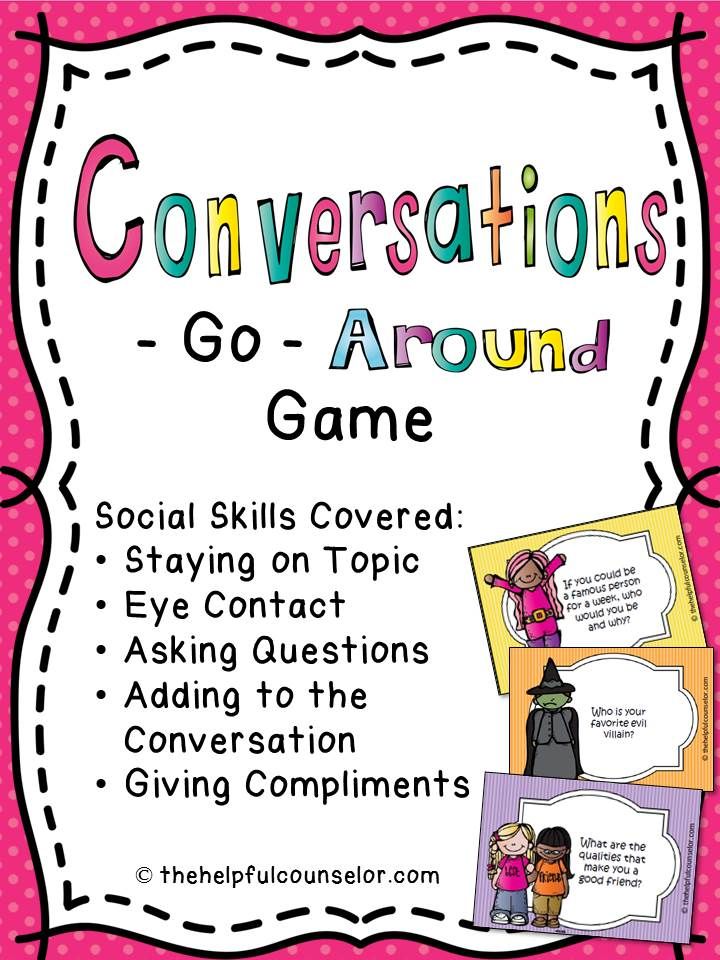 Yet research shows that cultivating social and emotional skills can help lessen burnout and turnover and increase job satisfaction in both teachers and principals. In addition, these skills can also help improve relationships with students, leading to higher academic achievement.
Yet research shows that cultivating social and emotional skills can help lessen burnout and turnover and increase job satisfaction in both teachers and principals. In addition, these skills can also help improve relationships with students, leading to higher academic achievement.
More specifically, studies have found that school staff members with social awareness and relationship skills can have tremendous impact on schools and students. For example:
Cultivating trusting relationships among staff is crucial to school reform.
- In their seminal 2002 study on the reform efforts of twelve Chicago public schools, Anthony Bryk and Barbara Schneider found that enabling positive social relationships between the adults was the key to successful school improvement—and that trust was at the heart of those relationships.
A teacher’s social awareness and relationship skills make a difference to students for years to come.
- Research has found that Kindergarten teachers’ perceptions of their relationships with students affect the behavioral and academic outcomes of students in subsequent grades—sometimes as far into the future as eighth grade.
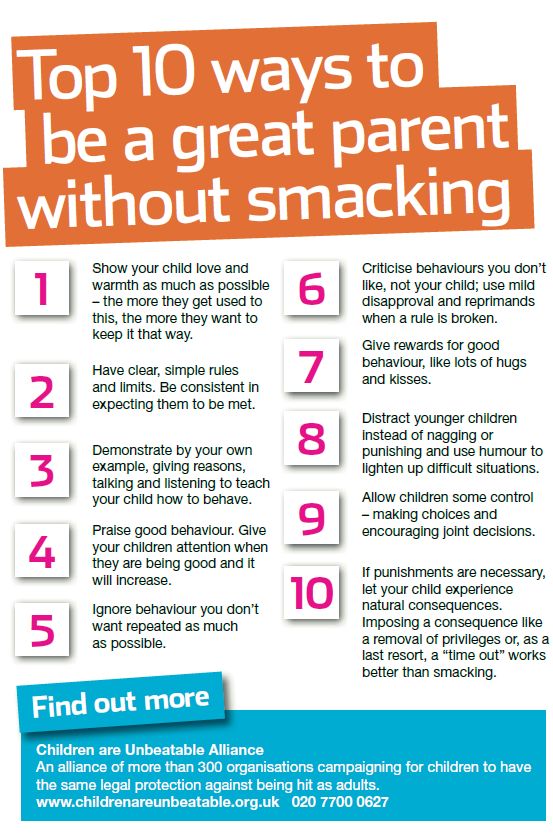
- Studies show that if a teacher holds a negative view of their relationship with a student, that student is less likely to succeed academically and to show prosocial (kind, helpful) behavior in later years.
Teachers’ relationship skills influence student relationships.
- Students are more likely to see their peers who have supportive relationships with teachers as likable.
- Teachers who are knowledgeable of which peer groups students are a part of help to create a school environment where students feel they belong and are safe from bullying.
Training teachers in social skills makes a positive difference.
- Educators who receive professional development in how to create a caring classroom environment tend to increase their emphasis on prosocial (kind, helpful) values and to encourage cooperation more often in their classrooms. As a result, students are more engaged and show improved social skills, both of which lead to greater enjoyment of learning.
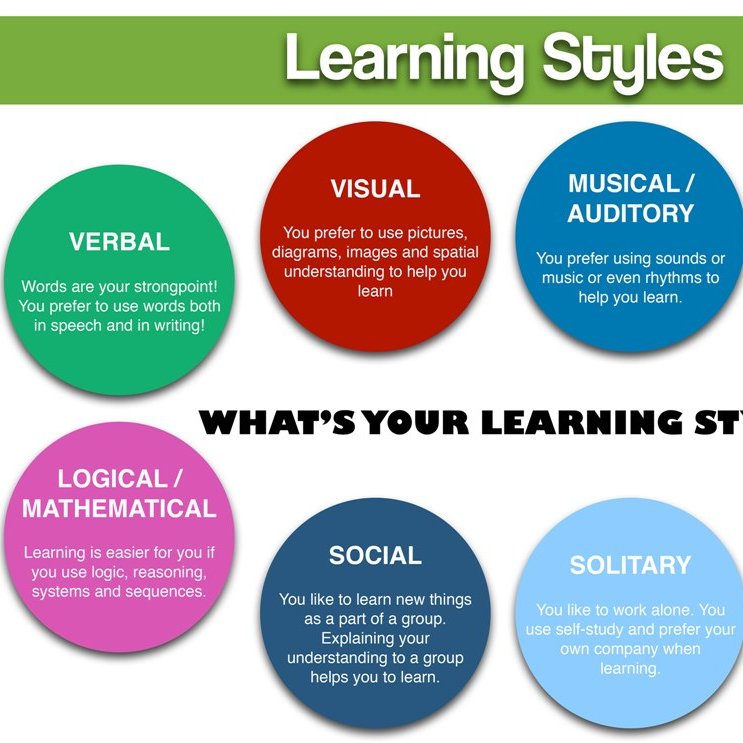
An “empathic mindset” in teachers can decrease student suspensions.
- One study found that when teachers who were trained to make the effort to understand and value misbehaving students’ experiences and challenging emotions, school suspensions were reduced by half.
A strong collaborative community is the foundation of a healthy school environment.
- A positive school climate is associated with lower absenteeism and school violence, and increased school connectedness, student motivation to learn, academic achievement, and teacher retention.
Practices
Level
Select a LevelPreK/Lower ElementaryUpper ElementaryMiddle SchoolHigh SchoolCollegeAdult
Duration
Select a Duration≤ 15 minutes≤ 30 minutes≤ 1 hour≤ 2 hoursMultiple Sessions
Sort by
AlphabeticalMost RecentHighest Rating
Clear
A fun counting and clapping activity to build positive group energy and to say “thumbs up” to mistakes.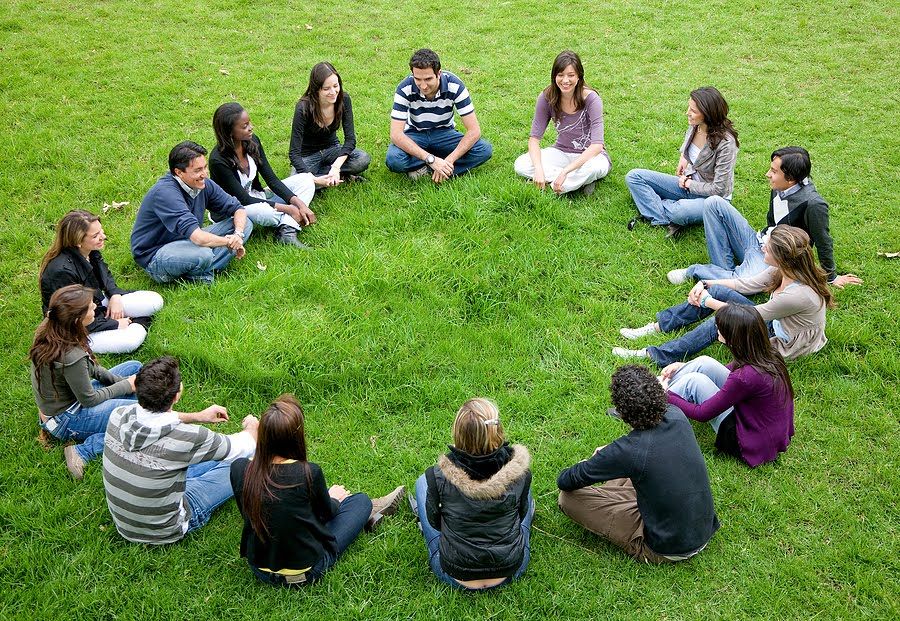
Adult
≤ 15 minutes
Build positive relationships with students in 2 minutes a day.
PreK/Lower Elementary, Upper Elementary, Middle School, High School
≤ 15 minutes
Ask and respond to a set of questions in pairs to get to know your colleagues better.
Adult
≤ 15 minutes
School staff connect with each other through empathy and understanding.
Adult
≤ 15 minutes
Staff members lessen their stress through an experience of awe.
Adult
≤ 15 minutes
A reflection tool to help leaders cultivate a positive and ethical school climate
Adult
≤ 15 minutes
Use the Circle process to build a sense of connection among students and staff by sharing moods, feelings, and moments of joy and pain.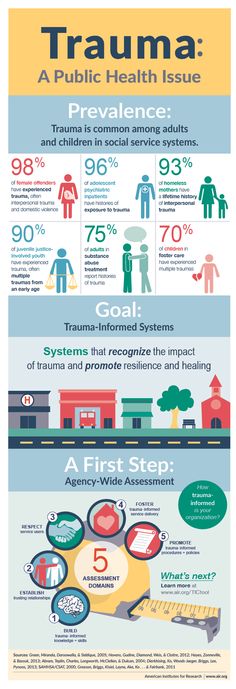
PreK/Lower Elementary, Upper Elementary, Middle School, High School, College, Adult
≤ 30 minutes
Teachers examine 13 specific beliefs about ethnically diverse students, reflect on those beliefs and outline action steps for better serving their students.
Adult
≤ 1 hour
Teachers and students converse with each other through letter writing.
PreK/Lower Elementary, Upper Elementary
≤ 1 hour
Teachers and students converse with each other through writing.
High School
≤ 30 minutes
Teachers and students converse with each other through writing.
Middle School
≤ 1 hour
Teachers reflect on and discuss the various dimensions and impact of their identities on their relationships with students and their families.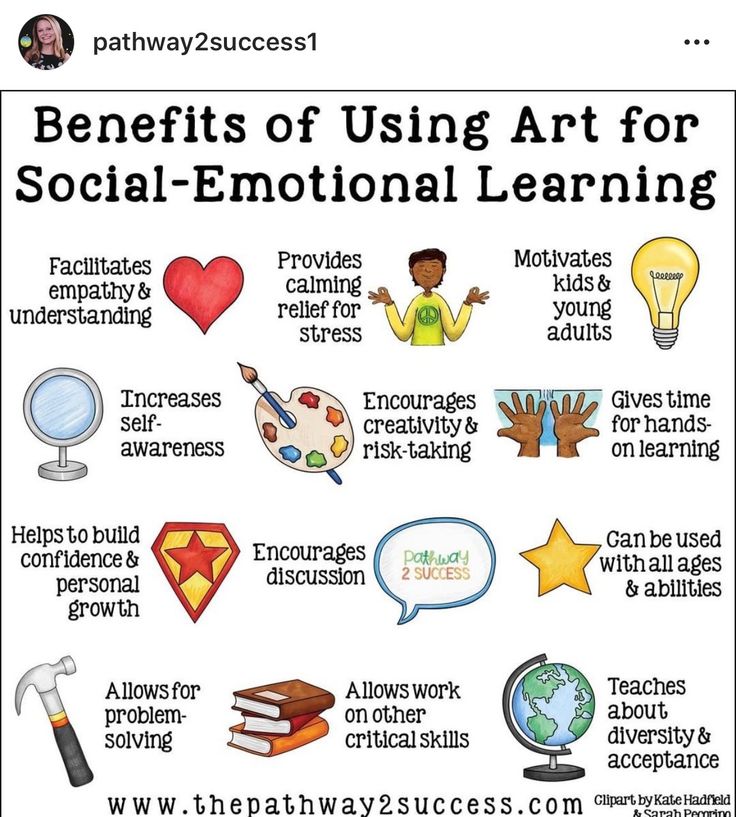
Adult
≤ 2 hours
A reflection tool to help school and teacher leaders cultivate qualities of moral leadership within themselves
Adult
≤ 15 minutes
School leaders identify and reflect on three qualities that energize them at work.
Adult
≤ 15 minutes
Teachers and students create a safe space to develop strong relationships.
PreK/Lower Elementary, Upper Elementary, Middle School, High School
≤ 15 minutes
Think about a time when you felt close to another colleague to foster a personal sense of belonging at school.
Adult
≤ 15 minutes
Say “thank you” to other staff members for small favors or kindnesses.
Adult
≤ 15 minutes
Staff members express gratitude for others in the school community.
Adult
≤ 15 minutes
Acknowledge the faces of everyone in your classroom or meeting to deepen a sense of group connection.
High School, College, Adult
≤ 15 minutes
School staff highlight which SEL skills were used during a meeting and share with others.
Adult
≤ 15 minutes
Mentally cultivate kindness toward yourself and consider how you might be of service to others
College, Adult
≤ 15 minutes
Mentally cultivate kindness toward yourself and others.
College, Adult
≤ 15 minutes
A values-informed process to help staff make the best possible ethical choices for school stakeholders
Adult
≤ 1 hour
Teachers engage in a mindful reflection process that creates space for checking their assumptions about student behavior.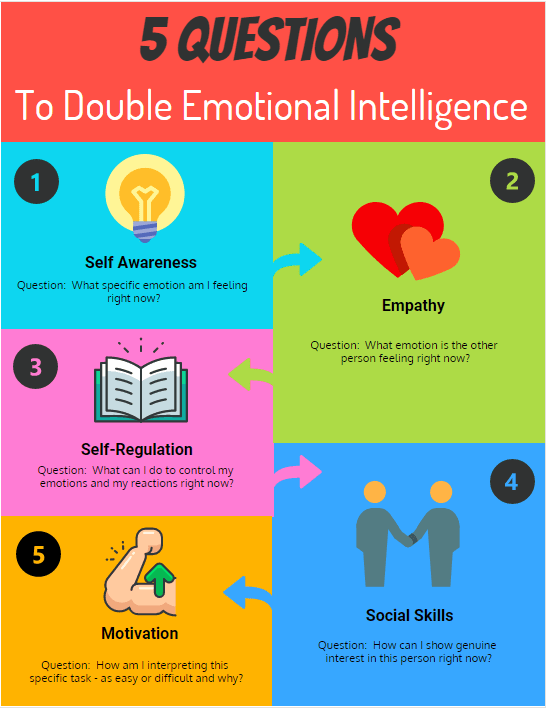
Adult
Multiple Sessions
Staff members brainstorm how they will intentionally model SEL in their interactions with students.
Adult
≤ 1 hour
School staff discuss what opens and closes their hearts in the classroom using Focused Listening and Speaking with each other.
Adult
≤ 1 hour
A tool to help school staff reflect on their own SEL strengths and areas for growth
Adult
≤ 30 minutes
A reflection tool to help leaders develop positive schools and staff
Adult
≤ 15 minutes
Observe how time and contemplation can influence your ability to gain important insights about your work.
College, Adult
≤ 30 minutes
Lead a brief choral reading practice that fosters community and connection.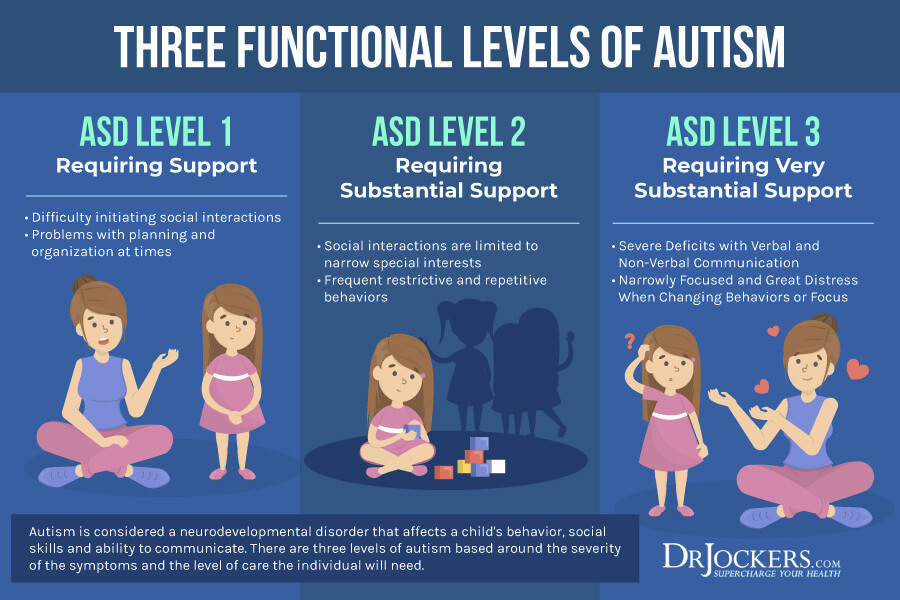
High School, College, Adult
≤ 15 minutes
A values-informed process to help you make the best possible ethical choices for yourself, your students, or your staff
Adult
≤ 15 minutes
Educators reflect upon their SEL teaching practices and their own social-emotional competencies for implementing those teaching practices.
Adult
≤ 1 hour
Use the Circle process to encourage self-care among staff and students in all dimensions.
Middle School, High School, College, Adult
≤ 30 minutes
A way to foster feelings of safety, consistency, and joy amongst school staff.
Adult
≤ 15 minutes
Faculty and staff will foster practical wisdom by setting three goals based on the topic discussed during a faculty and staff meeting.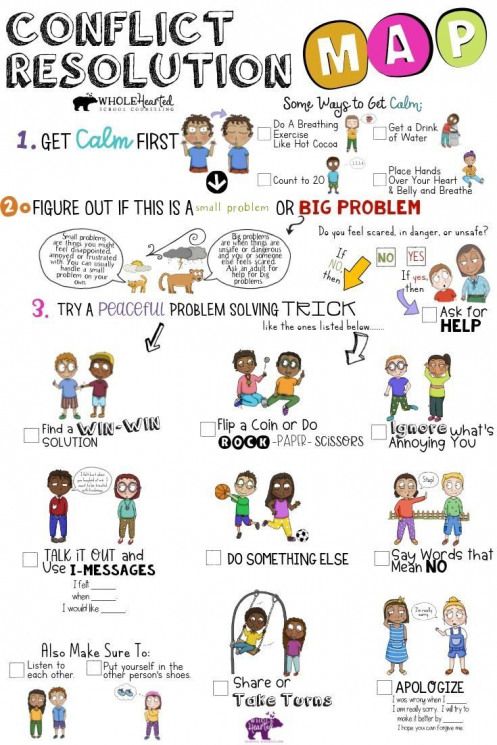
Adult
≤ 15 minutes
Discussion prompts that guide teachers to reflect and collaborate on effective SEL implementation.
Adult
≤ 30 minutes
Staff members explore the connection between healthy boundaries and an open heart in order to maintain caring relationships.
Adult
≤ 1 hour
A tool for fostering a supportive and equitable classroom and school environment and for promoting SEL.
PreK/Lower Elementary, Upper Elementary, Middle School, High School, College, Adult
Teachers unearth stereotypes and examine privilege while reflecting on the impact of systemic discrimination.
Adult
≤ 1 hour
A quick welcoming activity in which everyone’s voice is heard and valued
Adult
≤ 15 minutes
“The most valuable resource that all teachers have is each other.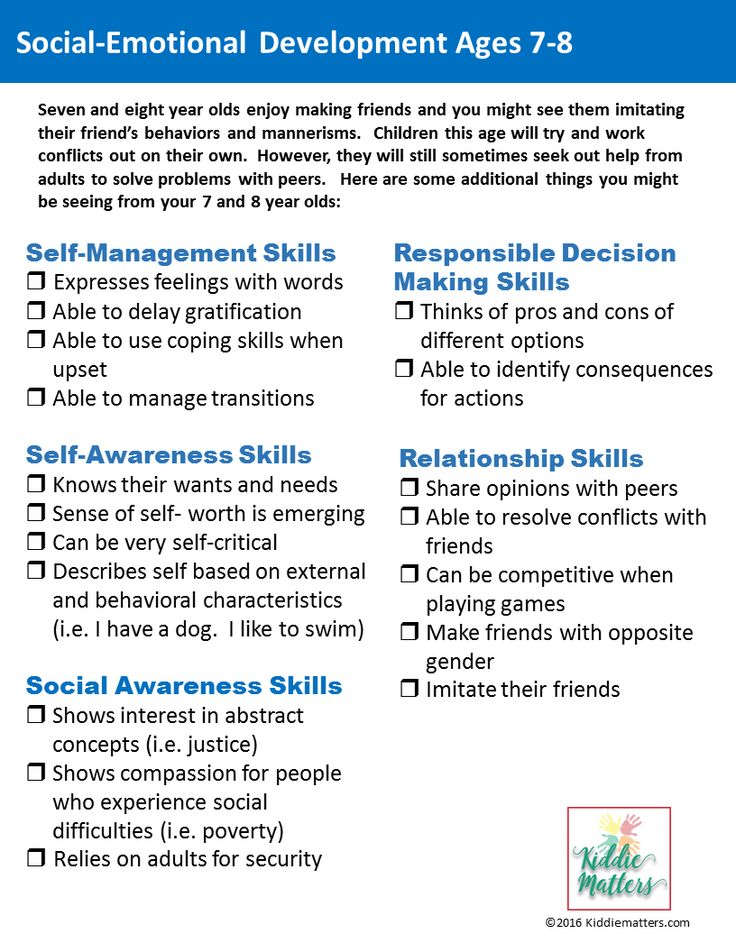 Without collaboration our growth is limited to our own perspectives.”
Without collaboration our growth is limited to our own perspectives.”
–Robert John Meehan
10 Best Activities + PDF
Being socially awkward is not just a problem kids face; adults can battle with social skills too, leading to anxiety and even serious phobias.
Struggles with social skills in adulthood can cause avoidance of social situations and interfere with building long-lasting relationships.
Providing social skills training to clients with anxiety, fear of public speaking, and similar issues could ensure more optimal functioning.
This article provides strategies and training options for the development of various social skills. Several resources to help target specific struggles related to the development of social skills in adults are also included, and the approaches can be tailored to improve social responses in specific domains.
Before you continue, we thought you might like to download our three Positive Psychology Exercises for free.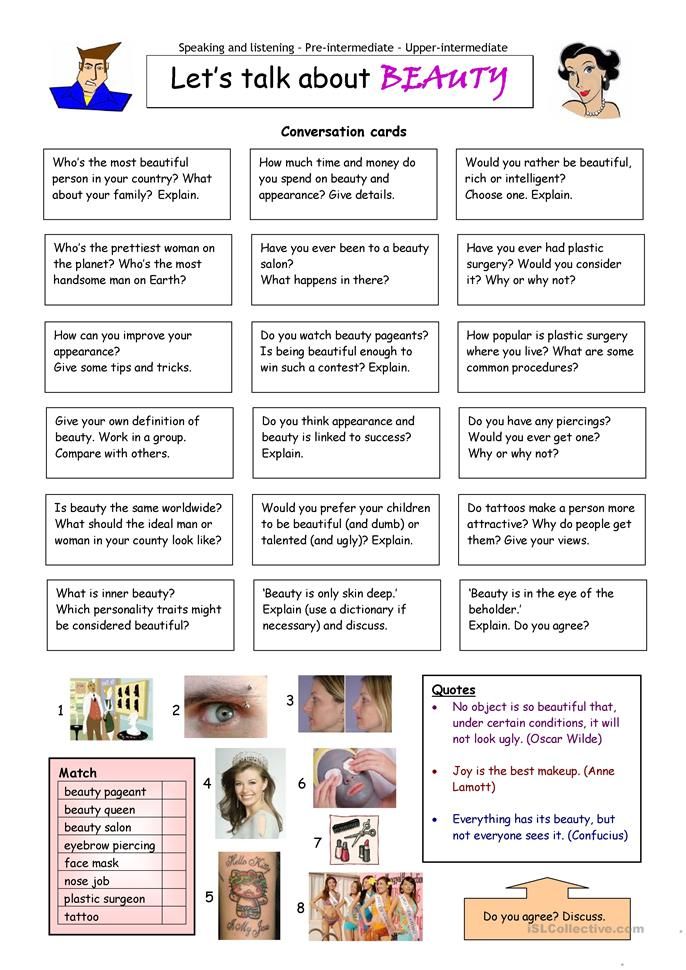 These science-based exercises will explore fundamental aspects of positive psychology including strengths, values, and self-compassion, and will give you the tools to enhance the wellbeing of your clients, students, or employees.
These science-based exercises will explore fundamental aspects of positive psychology including strengths, values, and self-compassion, and will give you the tools to enhance the wellbeing of your clients, students, or employees.
This Article Contains:
- Social Skills Training for Adults Explained
- Social Skills Coaching: 2 Best Activities
- Role-Playing Exercises: 4 Scripts & Examples
- Top 2 Resources & Worksheets
- 4 Insightful Videos & Podcasts
- PositivePsychology.com’s Helpful Tools
- A Take-Home Message
- References
Social Skills Training for Adults Explained
Social skills training includes interventions and instructional methods that help an individual improve and understand social behavior. The goal of social skills training is to teach people about verbal and nonverbal behaviors that are involved in typical social interactions (“Social,” n.d.).
Social skills training is usually initiated when adults have not learned or been taught appropriate interpersonal skills or have trouble reading subtle cues in social interactions. These instances can also be associated with disorders that impede social development, such as autism.
These instances can also be associated with disorders that impede social development, such as autism.
Therapists who practice social skills training first focus on breaking down more complex social behaviors into smaller portions. Next, they develop an individualized program for patients, depending on what social skills they need to work on, and gradually introduce those skills to their patients, building up their confidence through gradual exposure.
For instance, a person who has trouble making eye contact because of anxiety in social situations might be given strategies to maintain eye contact by the therapist. Eye contact is the foundation for most social interaction, and interventions will often start with improving the individual’s ability to maintain eye contact.
During therapy, other challenging areas will be identified such as starting or maintaining a conversation or asking questions. Each session will focus on different activities that typically involve role-play and sometimes will take place in a group setting to simulate different social experiences.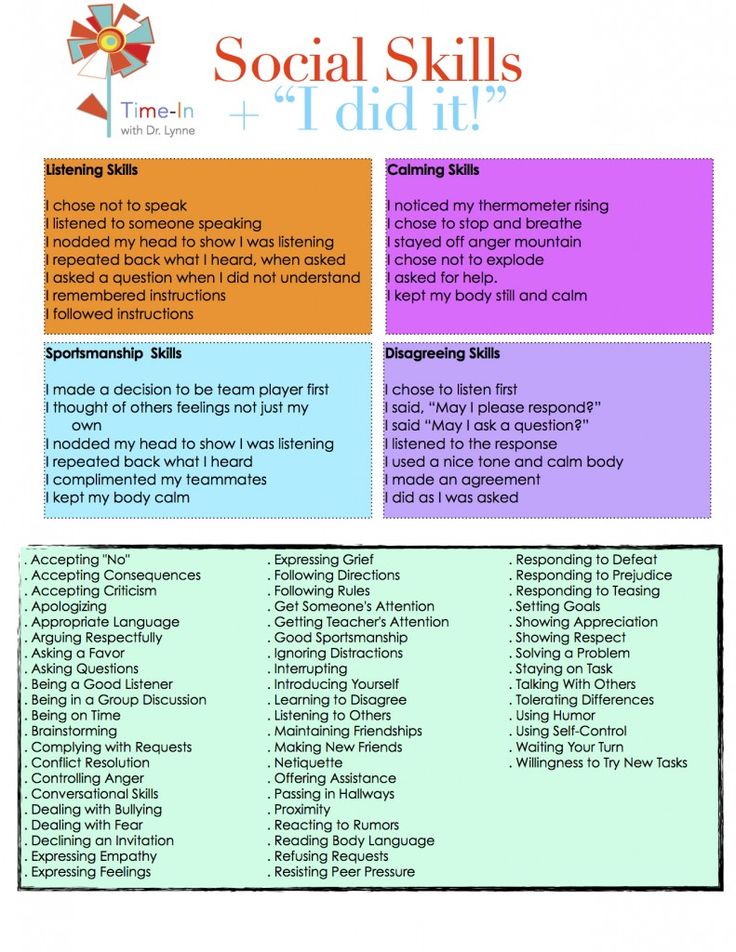
Once confidence has been built up during therapy or group settings, these social skills can be brought into daily life.
Useful assessments: Tests, checklists, questionnaires, & scales
Before engaging your clients in social skills interventions or any type of therapeutic intervention, it is important to determine if social skills therapy is a good approach to help them with their current situation.
The Is Social Skills Training Right for Me? checklist is a self-assessment opportunity for clients to determine if social skills therapy is appropriate for their specific situation or if another approach will be more beneficial.
However, self-assessment activities can sometimes be unreliable, as the individual might not fully understand the treatment models that are available to them. Additionally, if a client has issues with social skills, they may not be aware of their deficiencies in social situations.
In these situations, therapists should ask clients about the issues they are having and encourage them to engage in self-questioning during sessions.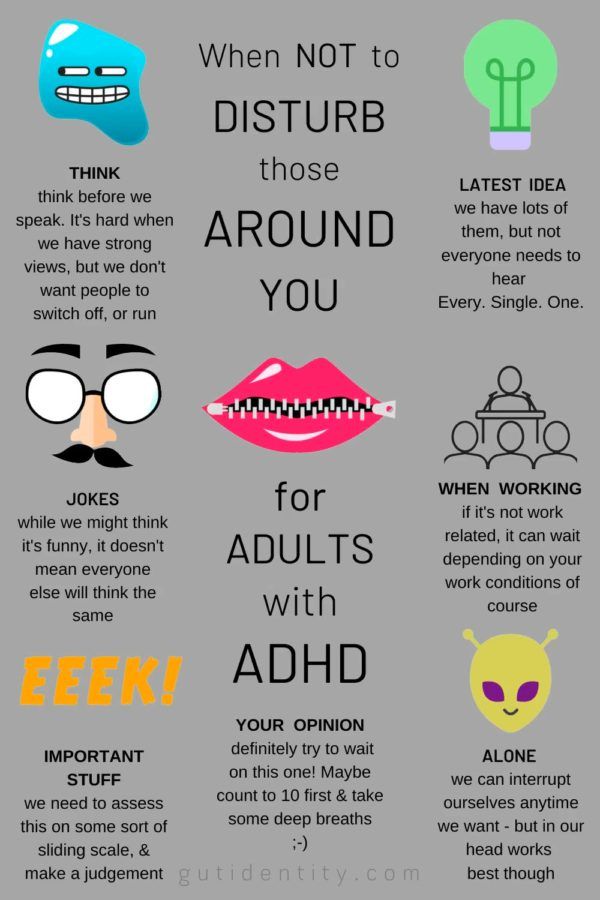
9 Questions to ask your clients
Prior to starting social skills training or activities, the therapist and client should narrow down which areas need help. A therapist can do this by asking the client a series of questions, including:
- Where do you think you are struggling?
- Are there any social situations that make you feel anxious, upset, or nervous?
- Do you avoid any specific social situations or actions?
- Have you ever had anyone comment on your social behavior? What have they said?
- What do you think will help you improve the skills you are struggling with?
Clients can also ask themselves some questions to determine if the social skills therapy process is right for them.
These questions can include:
- What aspects of my life am I struggling with?
- Are there specific social situations or skills that I struggle with?
- Do I have trouble keeping or maintaining relationships with friends, family members, and coworkers?
- Am I avoiding specific social situations out of fear?
Getting clients to ask these questions will help determine if this process will benefit them. Having clients “buy in” to the process is important, to ensure that the approach is right for them and increase the likelihood that they will be engaged to complete activities with a reasonable degree of efficacy.
Having clients “buy in” to the process is important, to ensure that the approach is right for them and increase the likelihood that they will be engaged to complete activities with a reasonable degree of efficacy.
Social Skills Coaching: 2 Best Activities
Eye contact is considered one of the most important aspects of communication.
It is estimated that adults make eye contact 30–60% of the time in general conversation, increasing to 60–70% of the time when trying to form a more intimate relationship (Cognitive Development Learning Centre, 2019).
Giving people who are struggling socially the tools to make more eye contact is usually the first step in social skills training exercises.
The Strategies for Maintaining Eye Contact worksheet provides some practical strategies and tips to practice making eye contact.
Sometimes, people who struggle with making eye contact overcompensate, leading to social blunders while simply trying to increase their ability to socialize effectively. This handy worksheet on Do’s and Don’ts When Making Eye Contact breaks down exactly what is acceptable when making eye contact and what behaviors should be avoided.
This handy worksheet on Do’s and Don’ts When Making Eye Contact breaks down exactly what is acceptable when making eye contact and what behaviors should be avoided.
Role-Playing Exercises: 4 Scripts & Examples
Often, one of the most prominent struggles for people lacking social skills is starting a conversation, especially with people they are not familiar with.
Fleming (2013) details a helpful method for people who struggle with starting conversations. The ARE method can be used to initiate a conversation and gain an understanding of the person’s interests to facilitate a strong relationship.
- Anchor:
Connect the conversation to your mutually shared reality (e.g., common interests) or the setting in which you encountered the individual. - Reveal:
Provide some personal context to help deepen the connection between you and the other person. - Encourage:
After giving them some context, provide the other person with positive reinforcement to encourage them to share.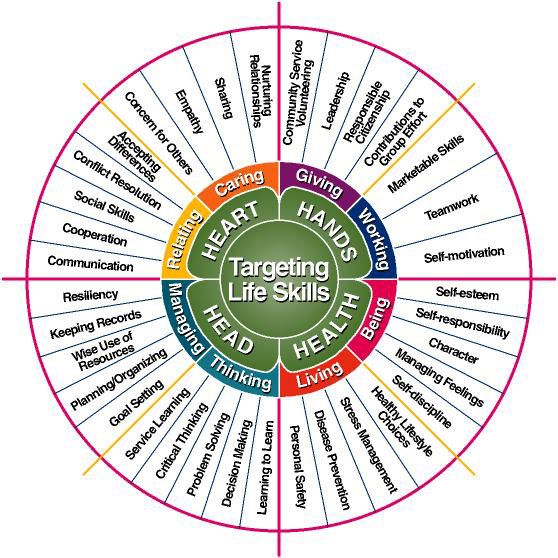
This worksheet Starting a Conversation – The ARE Method guides participants through each step in the ARE process. It also provides examples of how the ARE method can be incorporated into a typical conversation and used as a workable strategy in social skills training activities.
A Guide to Small Talk: Conversation Starters and Replies provides an outline of conversation ideas to help start any conversation, no matter the setting.
After developing the ability to start a conversation, being able to project assertiveness and understand one’s limits is essential in ensuring clear communication.
These worksheets on Different Ways to Say ‘No’ Politely and Using ‘I’ Statements in Conversation facilitate assertive communication and give clients the confidence to set personal limits.
Top 2 Resources & Worksheets
Problem solving is another skill people seeking social skills therapy often want to develop further.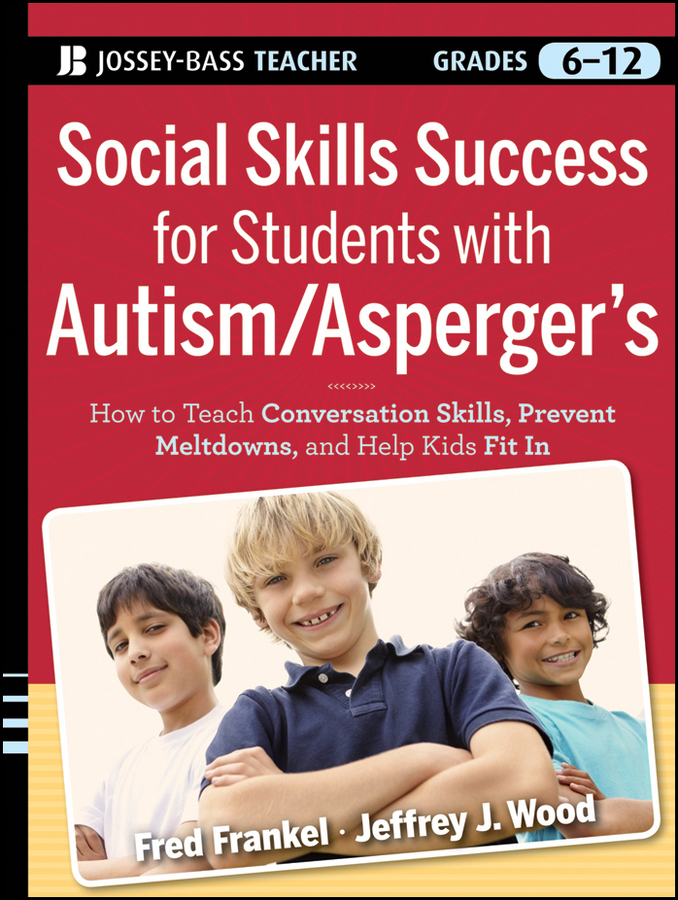
A lack of opportunity to learn coping strategies and difficulty with emotional regulation have been associated with anxiety and low problem-solving abilities (Anderson & Kazantzis, 2008).
An individual’s lack of ability to problem solve in social situations significantly affects their ability to come up with reasonable solutions to typical social problems, which in turn, causes them to avoid more difficult social situations.
Practicing social problem solving is a key component of social skills training. This worksheet on Social Problem Solving allows your clients to define the problems they are facing and rate the potential solutions from low to high efficacy.
Based on the rating, therapists can instruct clients to practice their social reasoning during sessions. Practicing these skills builds clients’ confidence and increases the likelihood that they will access these solutions under pressure.
Similarly, the Imagining Solutions to Social Problems worksheet implements a related process, but challenges participants to engage in a visualization activity.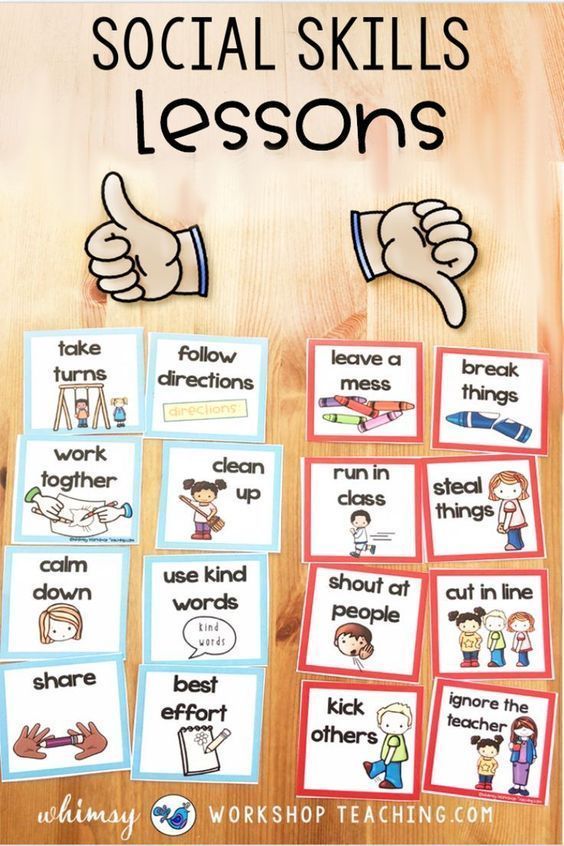 While engaging in visualization, participants have the opportunity to imagine what they would say or do, and reflect on what they have learned and why the solution they chose was best for that particular problem.
While engaging in visualization, participants have the opportunity to imagine what they would say or do, and reflect on what they have learned and why the solution they chose was best for that particular problem.
4 Insightful Videos & Podcasts
Supplementing modeling and practical activities with interactive audio-visual aids, such as podcasts and videos, is an essential practice in ensuring that patients seeking social skills training are getting multiple perspectives to develop their social intelligence.
Below, we have provided resources to help your clients with different social skills and situations.
Videos
An introvert’s guide to social freedom – Kaspars Breidaks
This TEDx talk focuses on providing guidelines for self-identified introverts. In this video, Breidaks frames introversion as an opportunity, rather than a weakness.
Based on his experiences moving from a small town to a big city and eventually starting improv comedy, he developed a workshop to help integrate principles of improvisation into social skills training.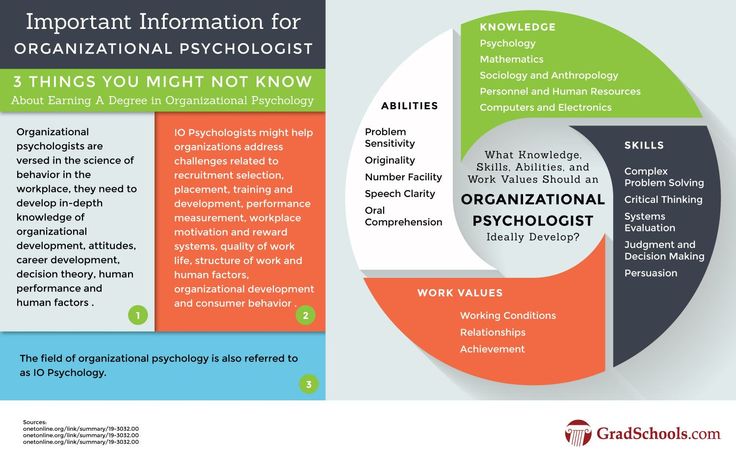
His workshops focus on creating connections through eye contact and breaking through shyness by training the small talk muscle. Because of his experience, he recommends you say yes to yourself before saying yes to others. Breidaks theorizes that only by developing our awareness of our own true emotions and thoughts can we become more comfortable interacting with others.
This video is helpful if your patients need workable tips to improve their interactions with strangers and is an excellent complement to some of our worksheets on developing skills for small talk.
10 Ways to have a better conversation – Celeste Headlee
This TEDx talk is focused on tactics to have more effective conversations. In her TED talk, Headlee emphasizes the importance of honesty, clarity, and listening to others as well as yourself.
In her TED talk, Headlee emphasizes the importance of honesty, clarity, and listening to others as well as yourself.
Headlee shares her ideas about how to talk and listen to others, specifically focusing on sustaining clear, coherent conversation and the importance of clear, direct communication.
She argues that technology has interfered with the development of interpersonal skills, stating that conversation is an art that is fundamentally underrated and should be emphasized more, especially among young children.
The main point Headlee tries to get across is to avoid multitasking and pontificating during conversation. Individuals who are struggling with active listening and keeping a conversation going would benefit from the tips she offers in this video, as she uses a lot of the same principles when interviewing her radio guests to ensure that she is getting the most out of their appearances.
She specifically emphasizes the importance of being continually present while talking and listening to someone, which is strongly emphasized in social skills training.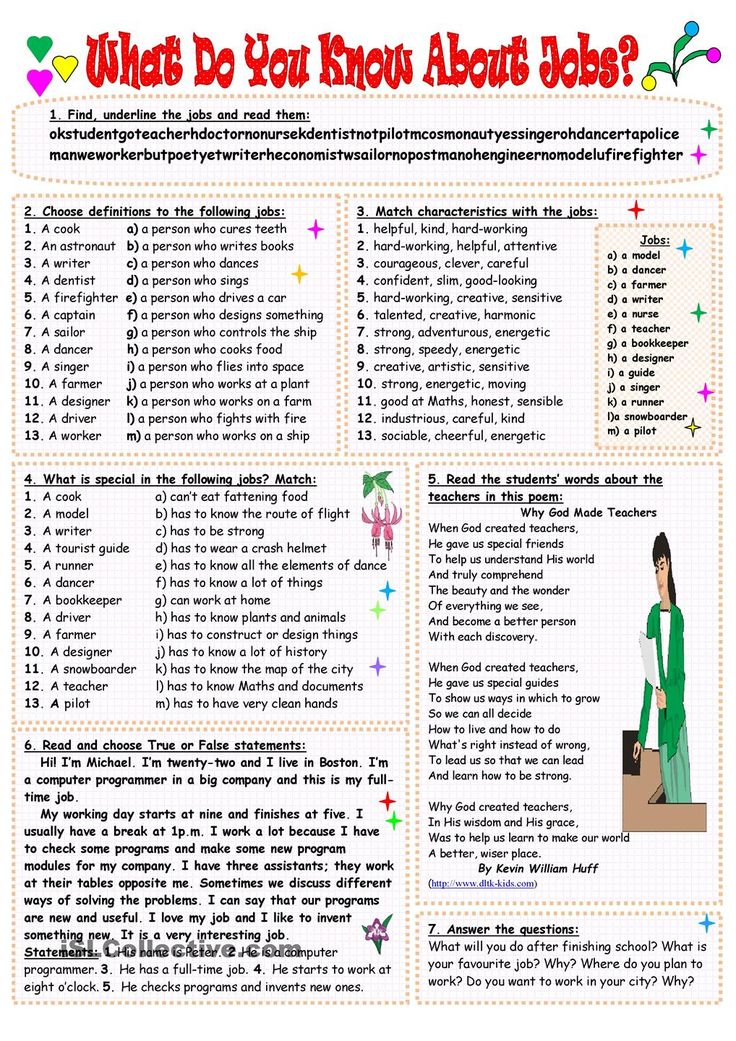
Podcasts
How Can I Say This – Beth Buelow
This podcast provides tips and advice on challenging social situations including navigating difficult conversations, giving and receiving feedback in a professional setting, and negotiating your salary.
Each episode also provides techniques or approaches to help listeners become more confident when dealing with different social situations. The podcast also takes listener questions about dealing with social situations and issues.
If your clients are struggling with introducing themselves to new people, they may benefit from the episodes on talking to strangers and how to have difficult conversations.
Available on Spotify and Apple Podcasts.
Social Skills Coaching – Patrick King
King specializes in social interaction and communication, and he is a social skills coach based in San Francisco, California.
King focuses on using emotional intelligence and understanding human interaction to help break down emotional barriers, improve listeners’ confidence, and equip people with the tools they need for success.
Although King’s expertise is centered on romantic relationships, this podcast provides strategies to improve one’s emotional awareness and engage in better communication.
People engaging in social skills training would benefit from the episode on social sensitivity, which examines the social dynamics of the brain. It also explains why our brains are programmed to respond more to specific traits (e.g., warmth, dominance) and why people with those traits are often elevated to higher positions within the social hierarchy.
Available on Apple Podcasts.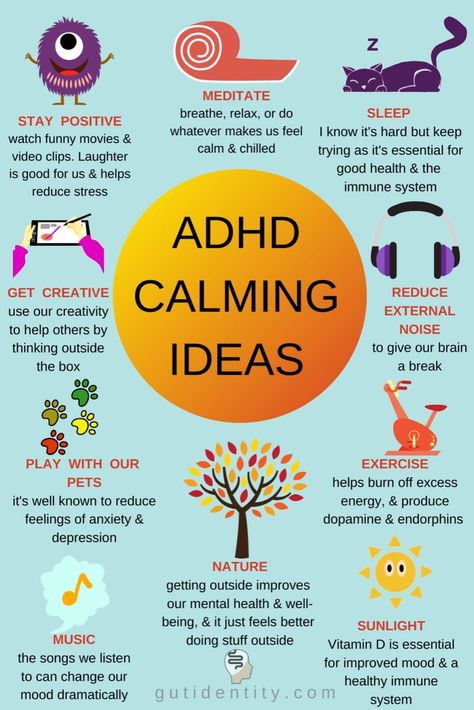
PositivePsychology.com’s Helpful Tools
There are several resources available on our website to complement the social skills training that you are providing to your clients.
Our Emotional Intelligence Masterclass© trains helping professionals in methodology that helps increase their client’s emotional intelligence.
The client workbook has several exercises that practitioners can give their clients to develop an awareness of their emotions and, subsequently, understand how those emotions might contribute to interactions with others.
Our Positive Psychology Toolkit© provides over 400 exercises and tools, and the Social Network Investment exercise, included in the Toolkit, focuses on reflecting on a client’s current social network. By further looking into the amount of time and investment devoted to the members of their social network, clients can further identify who is supportive of their endeavors and who negatively affects experiences.
With this knowledge, relationships can be analyzed before devoting even more time and investment that might not facilitate positive emotions.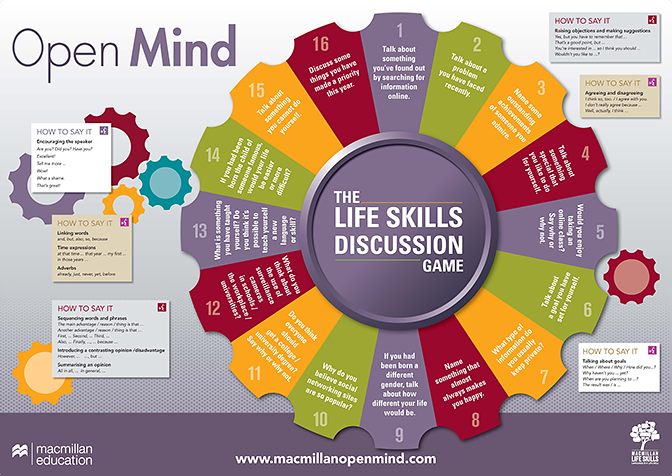
People who struggle with initiating conversation might also have trouble talking about their emotions. Our exercise on Asking for Support, also in the Toolkit, can provide assistance to someone having trouble communicating their emotions.
It also provides strategies to practice asking for help when needed. This exercise also gives you the opportunity to identify any personal barriers that are impending your ability to seek help from others.
You might be interested in this sister article, Social Skills Training for Kids, which provides top resources for teachers. To enhance your knowledge, our Social Skills Books for Adults & Kids is a must-read selection of top books.
If you’re looking for more science-based ways to help others enhance their wellbeing, this signature collection contains 17 validated positive psychology tools for practitioners. Use them to help others flourish and thrive.
A Take-Home Message
Improving social skills is an important skill to develop for anyone trying to facilitate professional and personal connections.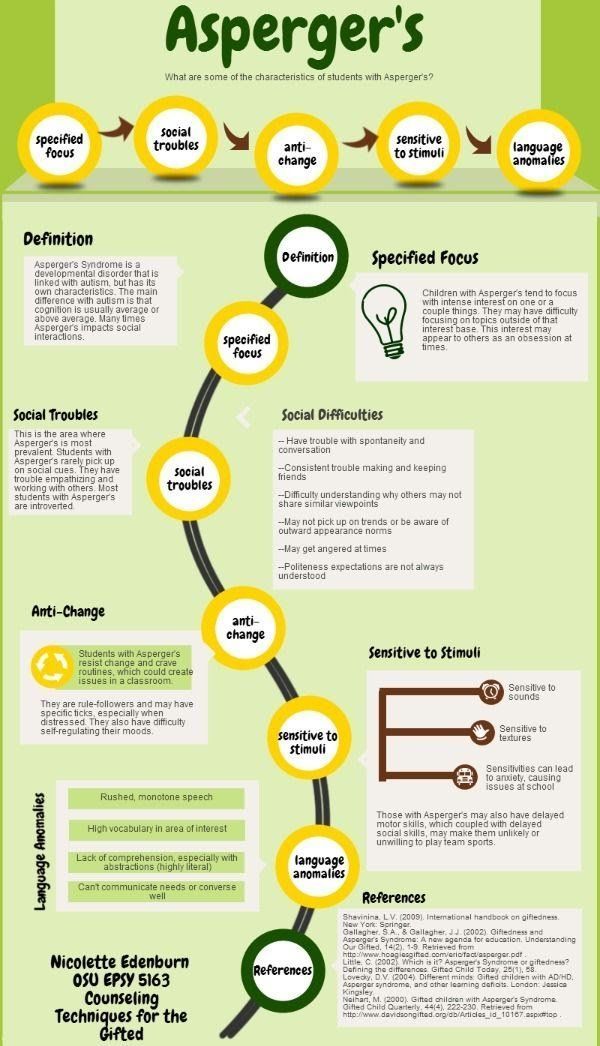
However, sometimes clients might not even realize they need targeted interventions to help with their social skills, and they might approach a therapist with other challenges around anxiety entering new situations.
For that reason, we hope this article provided valuable options for the development of social skills, with useful activities and social skills worksheets to be incorporated into your sessions.
We encourage you and your clients to explore these exercises together and engage in goal-setting tools to target areas that will benefit their daily lives, relationships, and communication.
We hope you enjoyed reading this article. Don’t forget to download our three Positive Psychology Exercises for free.
- Anderson, G., & Kazantzis, N. (2008). Social problem-solving skills for adults with mild intellectual disability: A multiple case study. Behaviour Change, 25(2), 97–108.
- Cognitive Development Learning Centre. (2019). Training eye contact in communication.
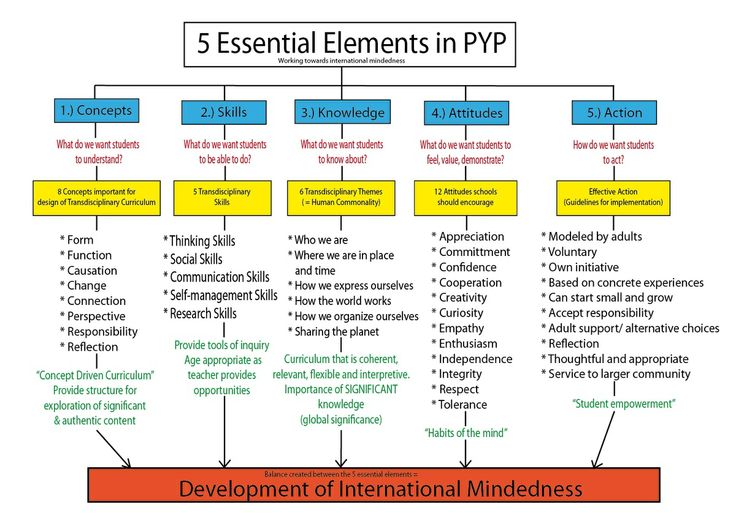 Retrieved May 4, 2021, from https://cognitive.com.sg/training-eye-contact-in-communication/
Retrieved May 4, 2021, from https://cognitive.com.sg/training-eye-contact-in-communication/ - Fleming, C. (2013). It’s the way you say it: Becoming articulate, well-spoken and clear (2nd ed.). Berrett-Koehler.
- Social skills training. (n.d.). In Encyclopedia of mental disorder. Retrieved May 4, 2021, from http://www.minddisorders.com/Py-Z/Social-skills-training.html
Basic 👌 social skills 👥 all 💯 adults must have 👍...
Basic 👌 social skills 👥 all 💯 adults must have 👍... There are several basic social skills that all adults must have . As human beings we would like to think that all of our cultivation and learning is done early in life. Of course, it's definitely those early years when you learn all the basics of human behavior, how to make friends, how to interact with colleagues and generally all of the cultural ways that mold you into a member of society are well-rounded and enjoyable. However, for one reason or another, it can often be the case that when you come of age, there are still a few basic social skills you need to master that haven't quite been developed as sharply as they should be.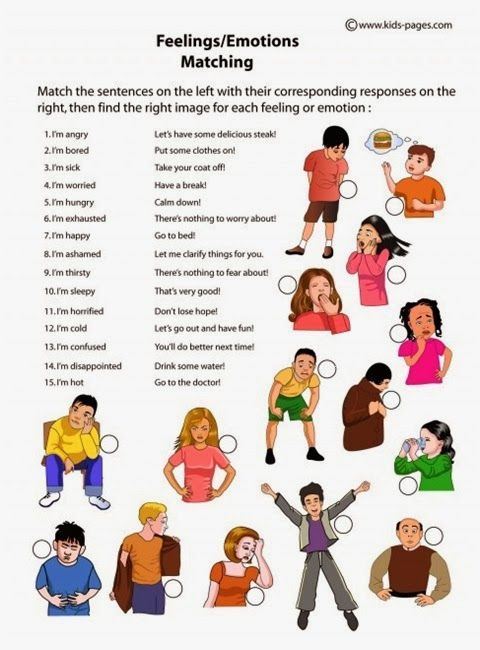 Of course, there are as many rules for adult life as there are in childhood, so here are basic social skills that all adults need to have to be successful.
Of course, there are as many rules for adult life as there are in childhood, so here are basic social skills that all adults need to have to be successful.
Table of Contents:
- It is possible to make visual contact
- Know how to ensure constructive criticism
- The ability to be a good listener
- The ability to build a relationship
- Know how not Overshare
1 be able to make visual contact
Eye contact is one of the most important basic social skills that all adults should have . Being able to maintain eye contact with someone while you are interacting with them is an important social skill to have, especially for adults in a professional environment. Lack of eye contact has several negative connotations, ranging from distrust to disinterest, so to make any meaningful connection in your personal life and at work, you need to be sure to hold your eyes.
2 know how to provide constructive criticism
It is very important to be able to provide constructive criticism when you are asked for it because it defines you as a mature adult.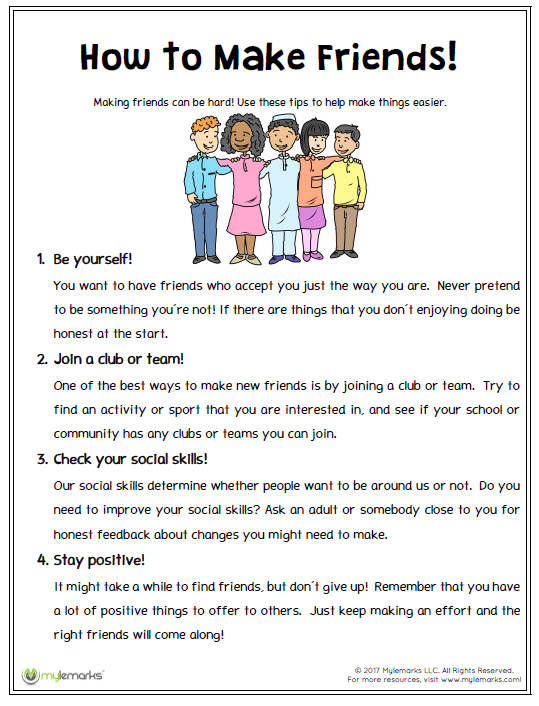 You need to master the art of getting through opinions or points without causing offense to the recipient, because in adulthood you are going to not always agree with people, but you need to do it in a way that is socially acceptable.
You need to master the art of getting through opinions or points without causing offense to the recipient, because in adulthood you are going to not always agree with people, but you need to do it in a way that is socially acceptable.
3 opportunity to be a good listener
Of course it's not all about what you can say, it's also about how well you can hear what others are saying. It takes some patience and practice to become a good listener, but when you can focus on the person and block out all other entertainment in the room to really pay attention and absorb what they're saying, you turn yourself into an indispensable companion.
4 the opportunity to build relationships
You are not always going automatically, like everything you meet in your adult life, but in a work environment, it is especially important to be able to build relationships with a new acquaintance. This can be done by doing just about everything above in unison, keeping your eyes open, being interested in what they are saying, really listening and looking for similarities between the two of you.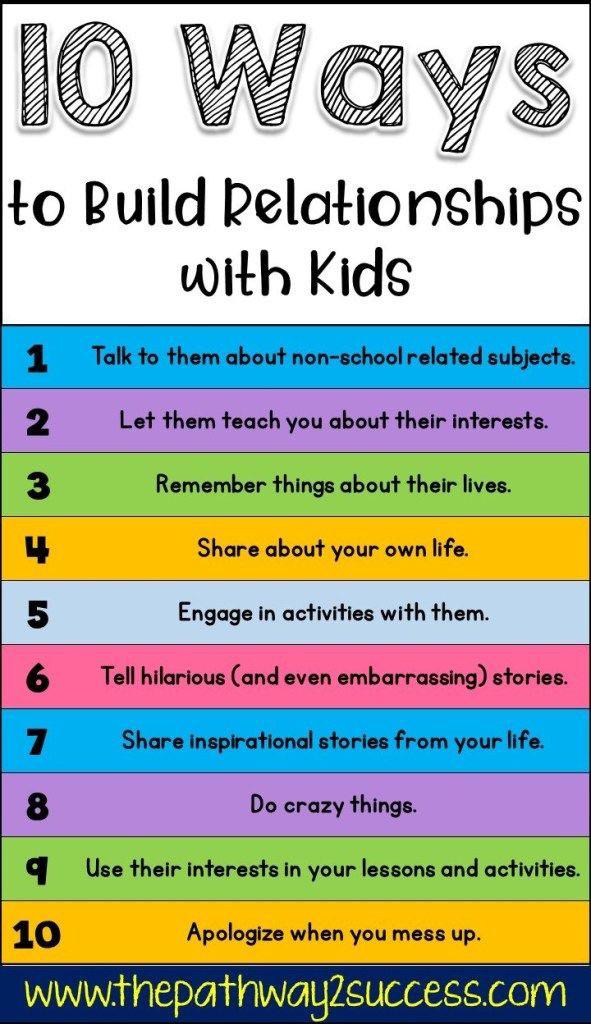
5 know how not to overshare
Another valuable skill is the ability to stop yourself from oversharing too much information, especially with a new acquaintance. There is something about a person who reveals too much about himself early on that can be off-putting to an adult, so make sure to keep back on giving your life story until your friendship has developed to a more intimate level.
Please rate this article
☆☆☆☆☆
More : National Autistic Society
These instructions are for adolescents and adults with Autism Spectrum Disorder (ASD). For people with ASD, social situations are often a major problem. Many rules of behavior in society are intuitively grasped by people without ASD, and people with ASD almost always have to consciously master them. Since many social norms are unwritten and no one talks about them, often a person with ASD feels confused, his level of anxiety increases.
Unfortunately, it is not possible to give useful tips for all occasions here, but we suggest that you consider some basic ideas.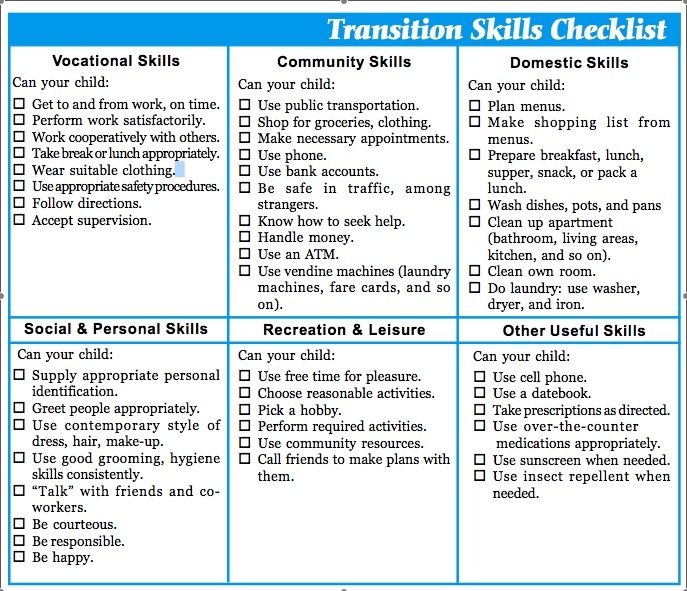 Discuss them with someone you trust (for example, a relative or a well-known specialist), and perhaps this will prompt you to invent your own methods.
Discuss them with someone you trust (for example, a relative or a well-known specialist), and perhaps this will prompt you to invent your own methods.
How to start a conversation?
If the person you want to talk to is talking to someone else, especially if it's a stranger, it's best to talk to him later when he's free.
Walk up to the person, stop at arm's length and look into their face.
As a general rule, a "hello" greeting is a good way to start a conversation. Try other good greetings, such as "hello" when referring to a friend, or "I'm sorry" if you need to get someone's attention. It is important to remember that the type of greeting that is appropriate for the situation and appropriate for addressing this particular person is used, for example, you can say “hello” to a friend, but you need to say “hello” to your boss.
If you say the name of the person you are addressing at the beginning or end of the greeting, he will quickly understand that you are talking to him.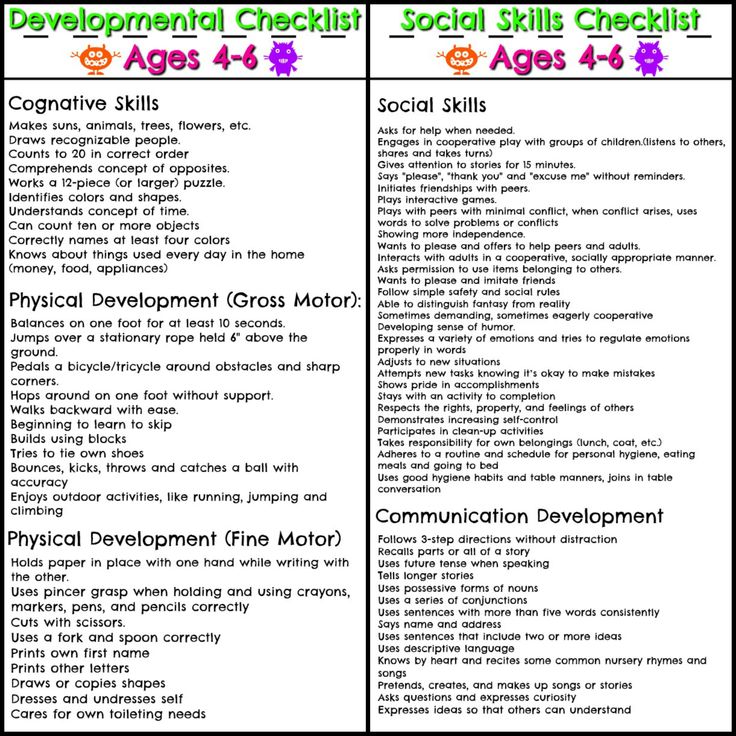 In some families, people do not address older relatives by their first names, but call them “aunt”, “uncle”, “grandmother”, etc. Remember what address you use when communicating with your relatives.
In some families, people do not address older relatives by their first names, but call them “aunt”, “uncle”, “grandmother”, etc. Remember what address you use when communicating with your relatives.
If the person you're talking to says "hello" (or something similar), it usually means they're ready to talk.
It would be good to start the conversation with some general questions, rather than go straight to discussing a specific topic. Here are options for such "introductory" phrases:
— How are you?
- Good to see you.
— Did you like this movie/match/TV programme? (If you yourself have seen what you are asking about).
Try writing down some common questions and topics that you can use to start a conversation.
What to talk about during a conversation?
Do not forget to follow the order of remarks during the conversation. Let the interlocutor answer your question, and, in turn, give him the opportunity to ask you a question if he wants to.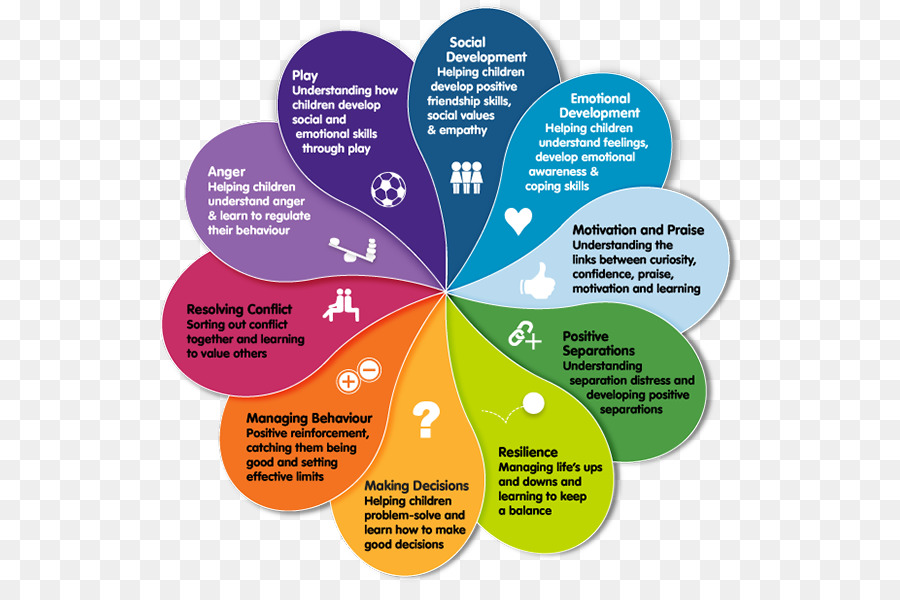
Talk about things you know the other person likes, or things you like. If you both like the same thing, you can talk about it. However, there are topics that are best avoided in a conversation with unfamiliar people. Try to make a list of suitable and inappropriate topics for conversation.
Examples of suitable topics of conversation
- Weather
- Television programs
Examples of inappropriate topics of conversation
- Criticisms about the appearance of the interlocutor (for example, you can not say that you do not like his clothes)
- Money (for example, you can't ask how much the other person earns)
you don't necessarily like everyone else as much. Perhaps you want to talk about a certain topic, but the other person may not be interested in the subject and may not know as much about it as you do. If you are talking to someone and your interlocutor looks like he wants to end the conversation, can you say: “Would you like me to tell you more about this”? or “Do you want to talk about something else”? However, sometimes a person wants to end the conversation for completely different reasons.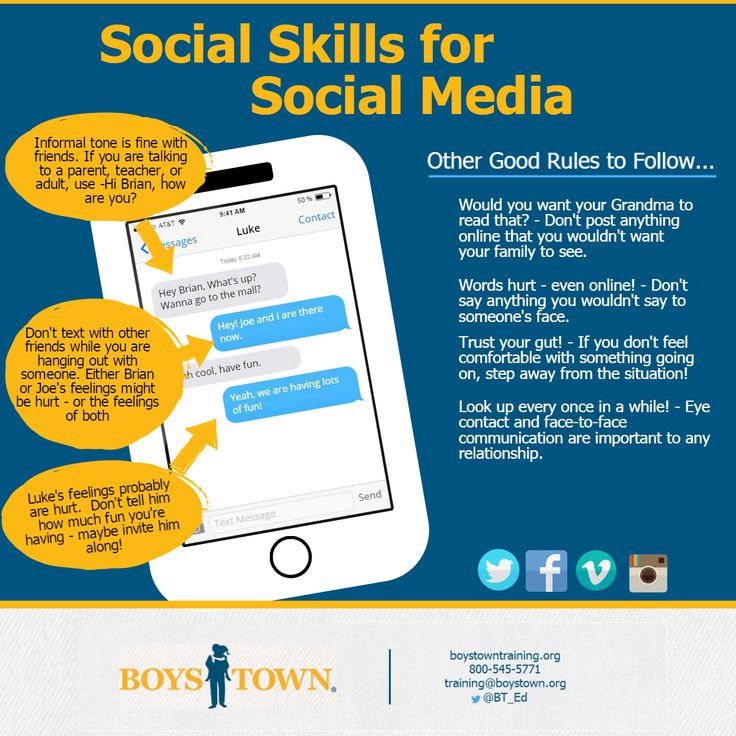 For example, he has urgent business.
For example, he has urgent business.
It can be difficult to understand other people's feelings because they don't talk about them, and body language and facial expressions are difficult to read. What is appropriate to say sometimes depends on the attitude of the interlocutor to the subject of conversation. If you are not sure that you correctly understand the feelings of the interlocutor, you can ask him himself.
Here is an example of a situation where this might come in handy:
A friend says he is moving because he has found a new job
In this situation, a friend may be sad about having to move, or happy about a new job. To understand how he feels, ask: “And how do you feel about this”?
Your friend may say that he is happy about moving to a new place because he is happy that he has found a new job. However, you may be sad that a friend is leaving. In this situation, instead of talking about how you feel, respond like this: “I'm happy for you because you found a new job and are happy.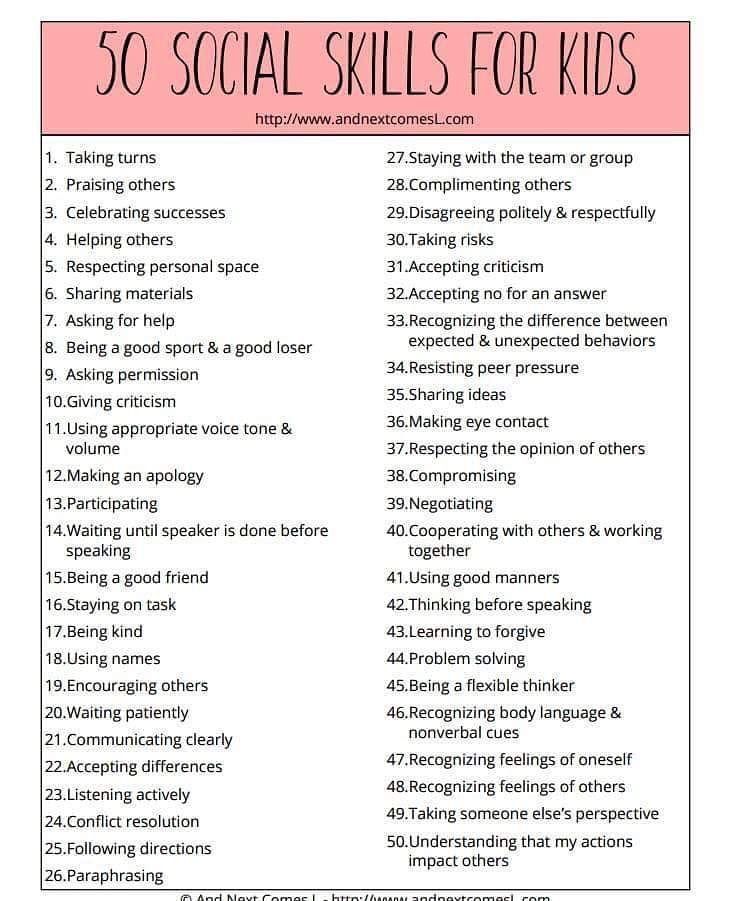 I'm really sad that you're leaving so far." In doing so, you will talk about both your friend's feelings and your own. This is called empathy and shows other people that you are a kind and considerate person. Discuss with family members or friends other situations where you may be required to express empathy.
I'm really sad that you're leaving so far." In doing so, you will talk about both your friend's feelings and your own. This is called empathy and shows other people that you are a kind and considerate person. Discuss with family members or friends other situations where you may be required to express empathy.
Facial expressions
The Cambridge University Autism Research Center has developed a program called "Mind Reading" and released a CD. This program was designed to help people with ASD recognize emotions from facial expressions. The Mind Reading program is a huge success, and university researchers hope that in the future they will be able to create a device based on a small camera and a computer that will tell people with ASD about what emotions the interlocutor is experiencing. However, these studies are still at a very early stage, so it will take quite a long time before the appearance of such a device.
How to end a conversation?
Watch for signals that the other party wants to end the conversation.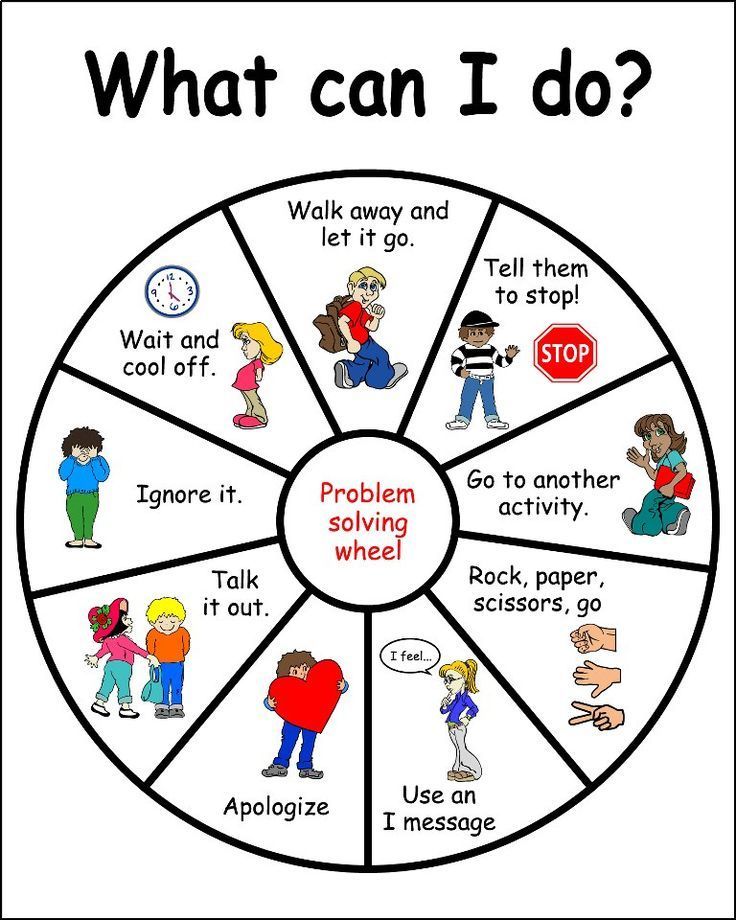 These signs include:
These signs include:
- The interlocutor does not ask counter questions.
- The interlocutor looks around, examines the room.
- The interlocutor yawns.
- The interlocutor said that he had things to do.
Do not get upset when these signals appear. Sometimes it's best to end a conversation before there's nothing left to talk about.
If you want to end the conversation, before you say "goodbye" say something like "I think I should go." It will be more polite than just saying goodbye and leaving. Try to think of other ways to end the conversation.
How to make friends
It can be difficult for people with ASD to form friendships, but if you manage to make a friend, these relationships can bring a lot of positive emotions. You will have someone with whom you can go for a walk, talk about topics that interest you and discuss your problems.
It can be difficult to tell who is a true friend and who is not. This is especially difficult for people with ASD, because signs that a person is only pretending to be your friend are often very difficult to notice, as they are expressed in body language and tone of voice.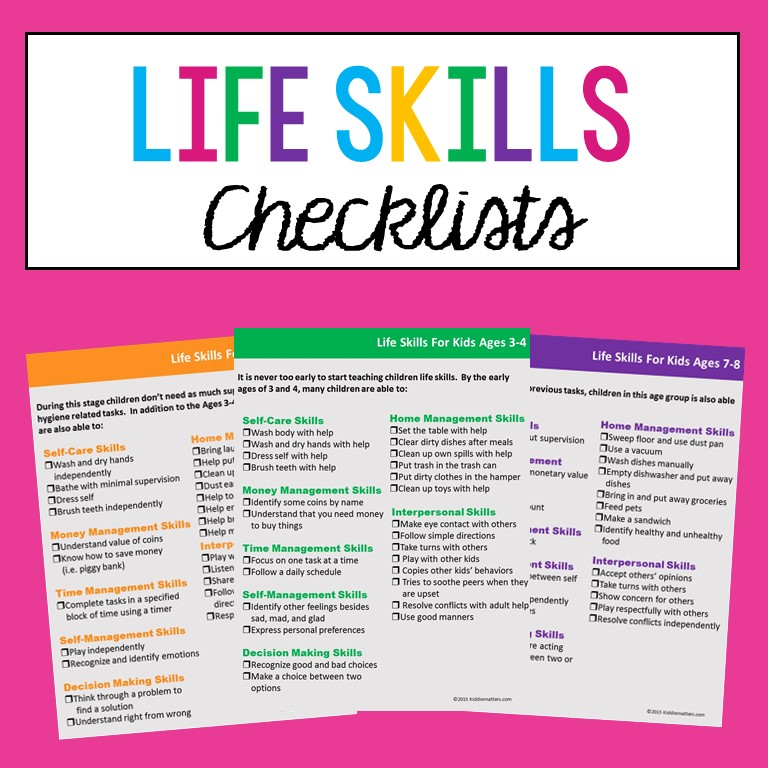 You may or may not pay attention to them.
You may or may not pay attention to them.
Marc Segar described his experiences in an ASD survival guide he developed to help other autistic people improve their communication skills. The guide is available for reading here. With the help of the "How to find good friends" section, you can find out if a real friend is in front of you. Below are some of Mark Segar's ideas:
A true friend
- Always makes you feel welcome and talks to you if he has time.
- Will treat you the same as all his friends.
Someone who only pretends to be a friend
- Sometimes he makes it clear that he is glad to you, but almost immediately there are signs that he does not want to talk to you.
- May treat you differently than other friends.
How to tell about your autism spectrum disorder
Sometimes it is difficult for people to understand others if they do not behave like everyone else. It can be difficult for people without ASD to understand why you don't like to make eye contact when talking or talk too much about a topic that interests you.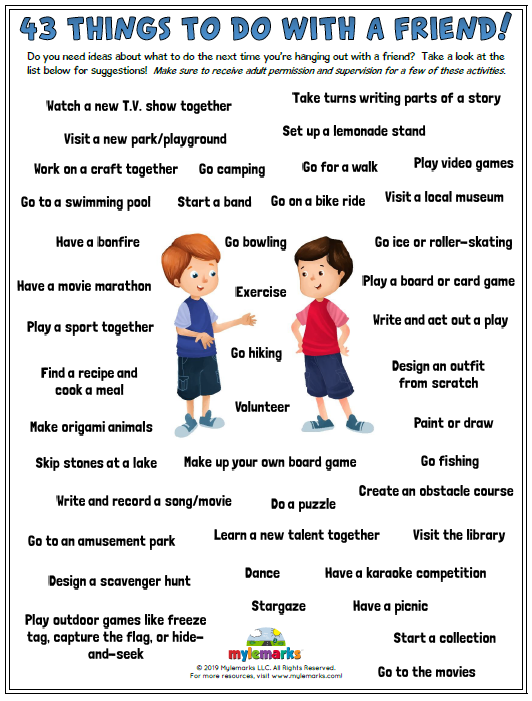 In order for people to understand the reason for this behavior and be able to properly communicate with you, you can tell them that you have ASD. Of course, it is your choice to speak or not, but often people with ASD choose the former.
In order for people to understand the reason for this behavior and be able to properly communicate with you, you can tell them that you have ASD. Of course, it is your choice to speak or not, but often people with ASD choose the former.
It is not necessary to go into great detail about what RAS is. Perhaps we can talk about the difficulties in three main areas. These areas include:
- Communication. Do you understand body language easily? Do you have difficulty recognizing other people's emotions? Is it difficult for you to convey your idea to the interlocutor?
- Imagination. Do you find it difficult to imagine how the other person feels? Are you upset about change? Do you have a special, all-consuming interest?
- Social interaction. Do you prefer solitude? Is it difficult for you to make friends with someone? Difficulty holding a conversation?
You may be experiencing only some of the difficulties listed.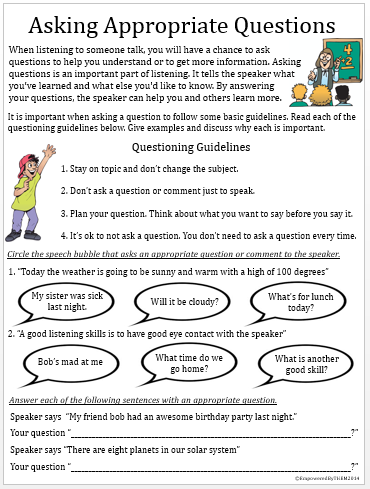 Ask someone who knows you well how your behavior in social situations differs from that of someone without ASD. This information can be very helpful as it will allow you to tell people about your problems and also work on solutions.
Ask someone who knows you well how your behavior in social situations differs from that of someone without ASD. This information can be very helpful as it will allow you to tell people about your problems and also work on solutions.
You can download a special card (Autism Alert card) from the website of the National Autism Society (NAS) and carry it with you to be able to quickly inform the interlocutor that you have autism. This is a compact card that gives general information about the ASD and has a place to write down the number to call in an emergency. You can also order credit-sized cards from the National Autism Society website to give out to people to learn about autism or Asperger's.
In addition, the National Autism Society website has several versions of a booklet about people with ASD that you can give to employers and colleagues to help them support you and communicate effectively with you. (This text is available in Russian here).
Social Skills: Things to Remember
Here are some more ideas and reminders to help you in social situations.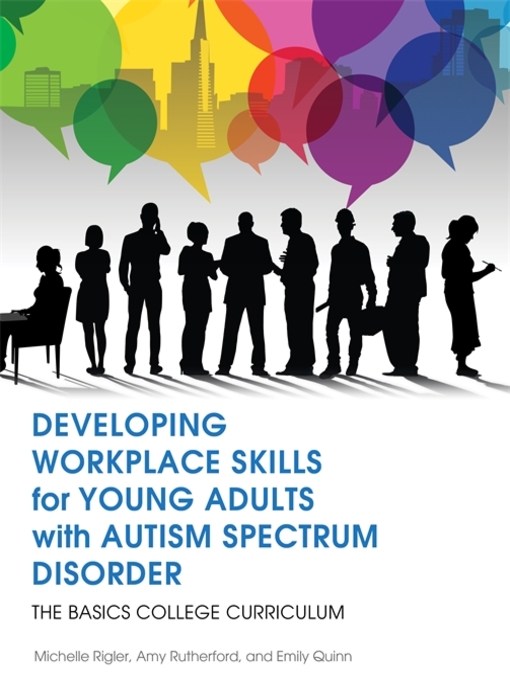 They are not suitable for every situation you may find yourself in, but some tips will help in the most common circumstances:
They are not suitable for every situation you may find yourself in, but some tips will help in the most common circumstances:
1. The rules change depending on the situation and the personality of the interlocutor. For example, you can say “hello” to a friend, but you need to say “hello” to your boss. A good example is a story about a person who was told that it was polite to smile and shake hands when meeting. In most cases, this was appropriate. But when at the funeral of a relative, this man approached everyone with a smile "from ear to ear", and people considered that he was behaving insensitively, because he did not share their grief.
2. If you make a mistake and upset a person, this does not mean that he will no longer like you. Usually, an apology helps. If you do not understand what upset the person, ask him about it.
3. Sometimes you don't have to tell the truth to make someone happy (for example, you can say that a person doesn't seem fat to you, even if they don't). This is the so-called "harmless lie". Try to come up with situations where you need to use a harmless lie, and work them out with a relative or a well-known specialist.
This is the so-called "harmless lie". Try to come up with situations where you need to use a harmless lie, and work them out with a relative or a well-known specialist.
4. Saying "please" and "thank you" is appropriate in any situation. By doing so, you demonstrate to other people that you are a polite person.
5. Even if you don't want to meet other people and prefer to be alone, you still need to develop social skills. Guidance on how to conduct a conversation will be especially helpful. They will help you act in the right way in social situations that are inevitable, such as at a family reunion. In addition, you will show yourself as a polite person.
You can contact a family member, professional or friend and ask them for help with social skills. You can practice different social situations with them in the form of a role-play. For example, you can practice how to speak to another person, how to take turns speaking, and how to end a conversation. Ask people who know you well what skills they think you need to work on.